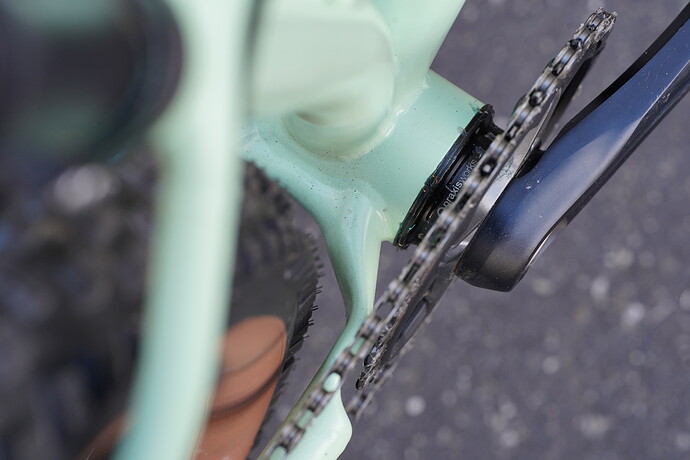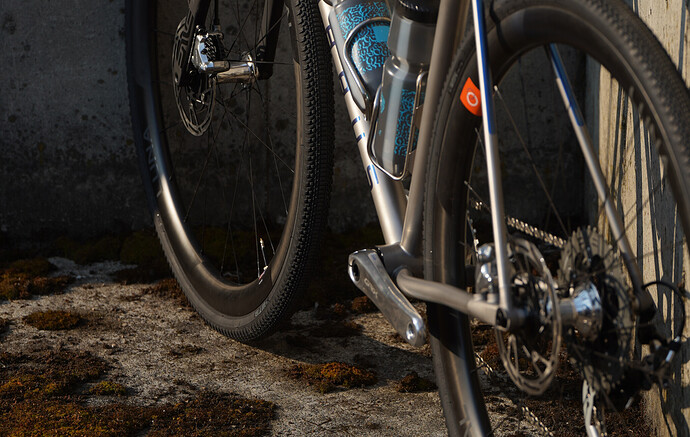I love BB standards (sarcasm)
I wrote up some standards a while back:
Are you building a steel or titanium bike?
The first question to ask is, do you need a T47bb?
For a steel bike, these are the reasons to use T47:
- If you want to run the cable housings internally through the BB
- more space for 30mm spindles (this is mostly for fancy machined cranksets)
- If you find yourself using 38mm and larger downtubes (mountain bikes). Having a larger BB shell gives a better surface to weld/braze the downtube and seat tube to.
For a titanium bike most people have switched to T47:
- internal routing is way more common on titanium bikes (high end market)
- Titanium bikes use bigger tubes (>38mm).
If you answered “yes I want T47” the next question would be, internal or eternal bearings?
Internal (T47IB):
- internal is the “real standard”, supported by SRAM and Campagnolo
- For gravel bikes, it gives you a little more room to land the NDS chainstay. The DS chainstay is more limited by the chainring than the bb shell space
- it gives a bit more room for internal cable routing
External (T47EB):
- not an official standard according to SRAM (they do not make a DUB T47EB
- The BB cups are much easier to install and uninstall (bigger tool interface)
TLDR:
I would first establish your motivation for T47.
Pros:
- better match for >38mm downtubes
- room for internal cable routing
- better compatibility with 30mm spindles
Cons:
- It is heavier
- you need more tools
- It its easier to cross-thread.
- It does not help with DS CS clearance (the more difficult chainstay)
If you decide you want T47, framebuilders have more or less converged on:
- Gravel bikes: T47x85.5mm Internal Bearing
- Mountain bikes: T47x73mm External Bearing

